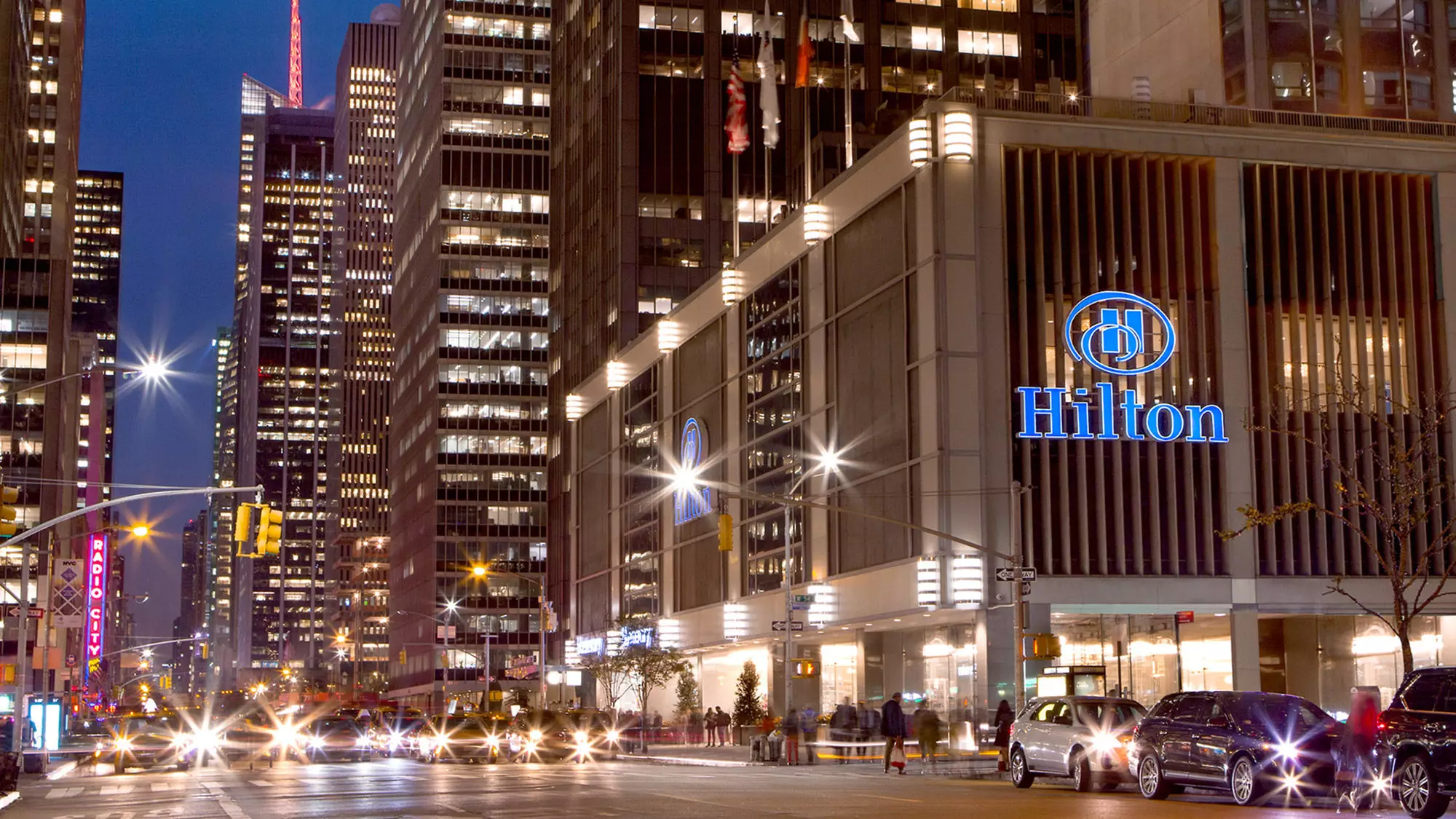In the ever-evolving landscape of the hospitality industry, the latest insights from Hilton’s CEO, Christopher Nassetta, shed light on the current state of demand among travelers. During a recent earnings call, he highlighted a significant shift in traveler behavior, noting a prevailing „wait-and-see mode.“ This assessment resonates deeply within the hospitality sphere, reflecting wider economic anxieties that influence consumer decisions—particularly in leisure travel. The CEO also acknowledged a modest decline in demand as the macroeconomic climate continues to shift unpredictably.
This cautious approach from consumers is not surprising, given the plethora of global uncertainties that have been affecting spending patterns. A meaningful factor contributing to this hesitancy is the fluctuation of travel sentiment observed since March. Nassetta articulated how these complexities have compelled Hilton to adjust its forecast for revenue per available room (RevPAR), downgrading growth expectations significantly from a projected increase of up to 3% to an outlook of flat to negative growth in the coming years. Such a revision speaks volumes about the economic hardships influencing their client base and how those challenges ripple throughout the industry.
Group Business: A Beacon of Growth Amid Challenges
Despite this broader trend of uncertainty, Hilton showcased a few silver linings within its business segments. Group travel, a traditionally robust demographic, emerged as a standout performer, boasting improvements of over 6% when compared year-over-year. While this resilience is commendable, the cautious tone adopted by Nassetta suggests that even sectors demonstrating strong growth have not been immune to recent slowdowns. The company reported limited growth in leisure segments, which should be a point of concern for stakeholders.
Travelers once eager to book vacations may now be evaluating their plans due to rising costs, altered priorities, and ongoing geopolitical tensions. However, the continued growth in group business signifies a shifting landscape, where corporate needs may take precedence amid uncertainties. Nevertheless, it implies that the resurgence of group bookings does not automatically mean a reliable recovery for leisure travel.
Inbound Travel Dynamics: A Complex Dance
Interestingly, Nassetta also addressed the impact of reduced cross-border travel, particularly from Canada and Mexico—which experienced a high single-digit decline. It’s imperative to note, though, that this downturn has been counterbalanced by heightened interest from Asia and several European nations, paving the way for a more dynamic travel ecosystem. Inbound travel to the U.S. remains an integral part of Hilton’s business, constituting about 4% of their revenue. The volatility in foreign visitor trends reflects a continuously changing narrative about global travel preferences in a post-pandemic world.
Hilton’s observation of increased revenue from international visitors highlights the nuances of a shifting economic landscape. With the U.S. dollar’s weaker position playing a role in attracting foreign tourists, it’s clear that economic factors are under constant scrutiny, as they shape purchasing behaviors on both sides of the equation. This complexity underscores the need for adaptive strategies that can flexibly respond to changing market conditions.
Motivated by Growth: Expanding Horizons
Looking forward, Nassetta’s vision extends beyond overcoming present hurdles; he is also focused on ambitious expansion strategies. The intention to grow Hilton’s portfolio from 24 to at least 27 brands in the next two years demonstrates an unwavering commitment to innovation and adaptation. This diversification strategy incorporates nuanced offerings that cater to emerging market trends, like a lifestyle collection aimed at unique hotels and a new extended-stay accommodation concept.
These initiatives reflect a deep understanding of the evolving preferences of modern travelers. With the rise of demand for stylish, socially conscious, and flexible accommodation options, Hilton’s trajectory illustrates a proactive approach toward catering to the diverse needs of various travel segments. The development of brands that resonate culturally and geographically with target audiences positions Hilton as a forward-thinking leader in hospitality.
Coupling a careful analysis of current market behaviors with innovative strategies, Hilton’s leadership exemplifies resilience in the face of uncertainty. Their proactive measures in expanding brand offerings and seizing opportunities in the group travel sector point to an accommodation giant poised to navigate the murky waters of the current economic climate. As we move forward into the next quarter, the focus remains not just on surviving but thriving through adaptability and innovation.


Napsat komentář